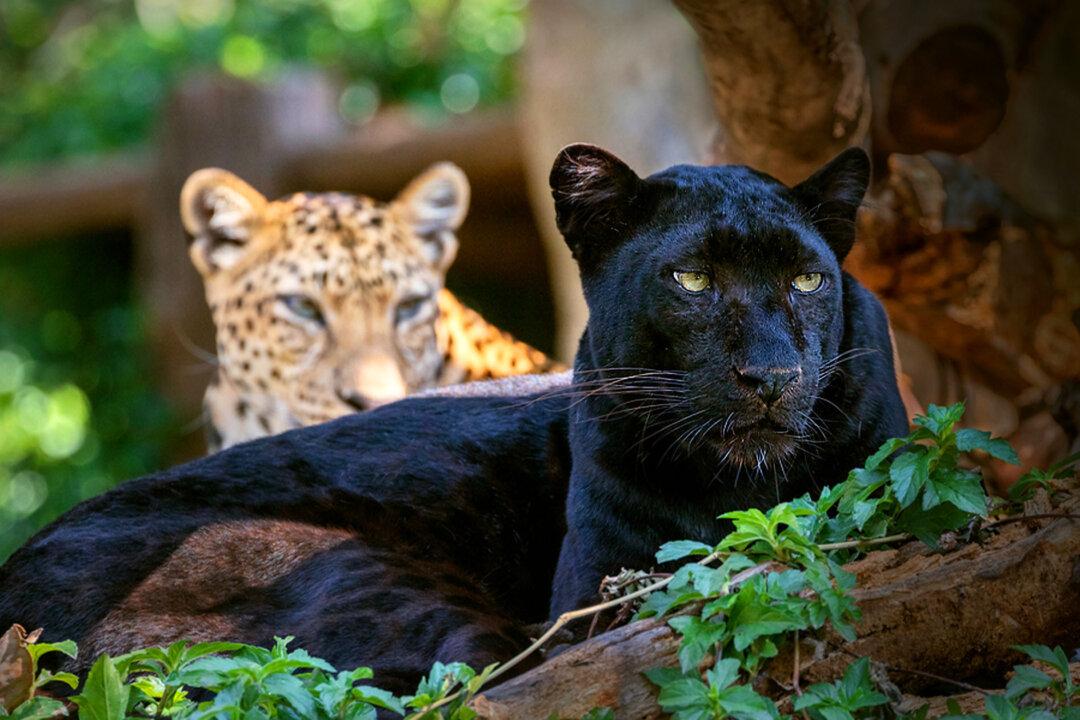When you think of panthers, those black, mysterious—not to mention dangerous—leopards of the wild, your imagination may wander to obscure jungles in India or Africa, where few humans set foot. And your imagination would not be far off, for such animals are among the rarest large cats in the world.
“Black panthers are uncommon,” Nicholas Pilfold, biologist with the San Diego Institute, wrote on Instagram after a 2019 sighting of black leopards in Kenya. “Only about 11 percent of leopards globally are black. But black panthers in Africa are extremely rare.”






